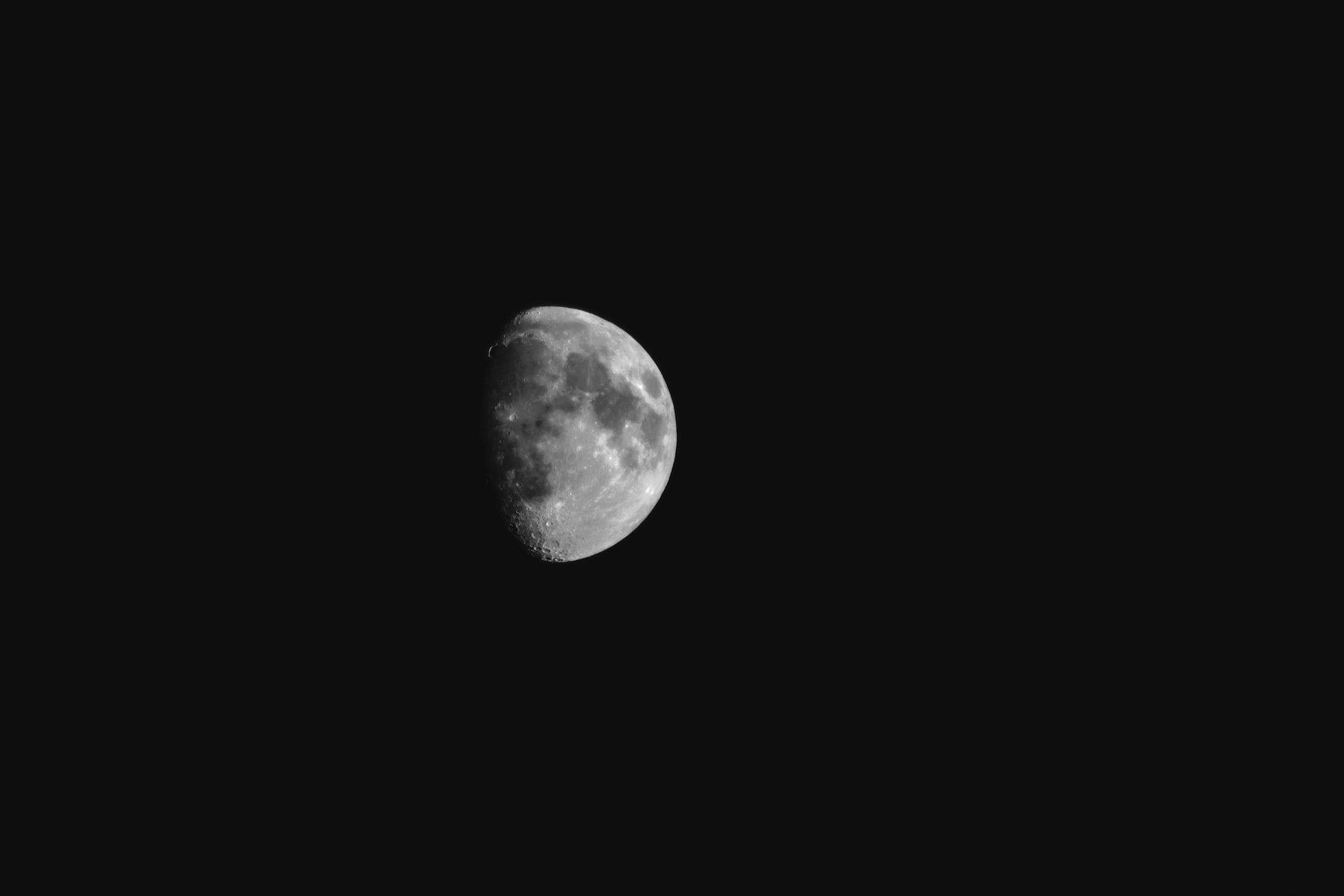
China is planning to start building a base on the moon in five years, reported South China Morning Post, citing local media.
The plan was discussed at the Extraterrestrial Construction Conference held at Wuhan-based Huazhong University of Science and Technology recently.

Access deeper industry intelligence
Experience unmatched clarity with a single platform that combines unique data, AI, and human expertise.
Over 100 researchers from local universities research institutes and space contractors participated in the conference.
Speaking to China Science Daily, Ding Lieyun, an expert in intelligent construction and chief scientist at the university, said: “Eventually, building habitation beyond the earth is essential not only for all humanity’s quest for space exploration but also for China’s strategic needs as a space power.”
The first brick made using the soil on the moon will be built during the Chang’e 8 mission in roughly five years, Ding said in a separate interview with Changjiang Daily.
“We will be using real moon soil to make the first brick right there on the moon”, he added.

US Tariffs are shifting - will you react or anticipate?
Don’t let policy changes catch you off guard. Stay proactive with real-time data and expert analysis.
By GlobalDataDing’s team has also developed a robot called Chinese Super Mason that puts together the bricks utilising conventional Chinese building methods.
Meanwhile, Yu Dengyun from the China Aerospace Science and Technology Corporation said: “It might take us 20 to 30 years or longer to eventually settle down on the moon, but we must start working together now.”
Yu is the chief designer for the fourth phase of China’s moon exploration project, which encompasses the Chang’e 6, 7 and 8 missions.
Providing an update on the next Chang’e missions, Yu said Chang’e 6, which is slated to launch in 2025, will collect samples from the far side of the moon.
The next year, Chang’e 7 will be launched, and it will land in the South Pole-Aitken Basin to search for water ice beneath craters.
In 2028, the Chang’e 8 spacecraft is expected to touch down on the moon, where it will explore resource exploitation strategies.
Together with Chang’e-7, it will also test important technologies to pave the way for a future lunar research facility.






